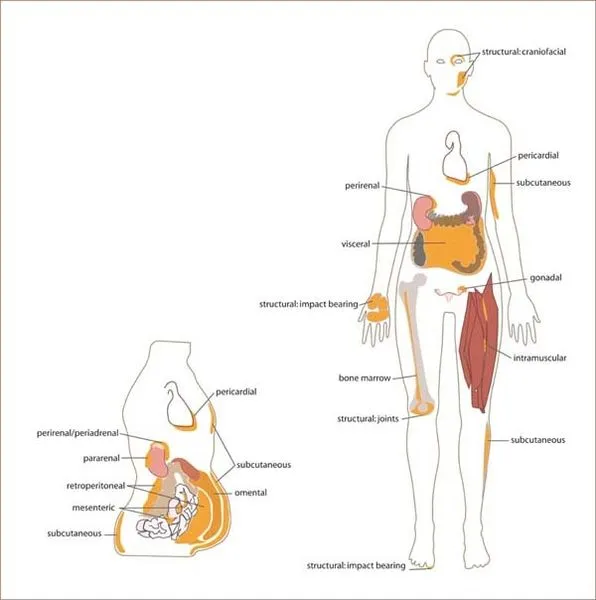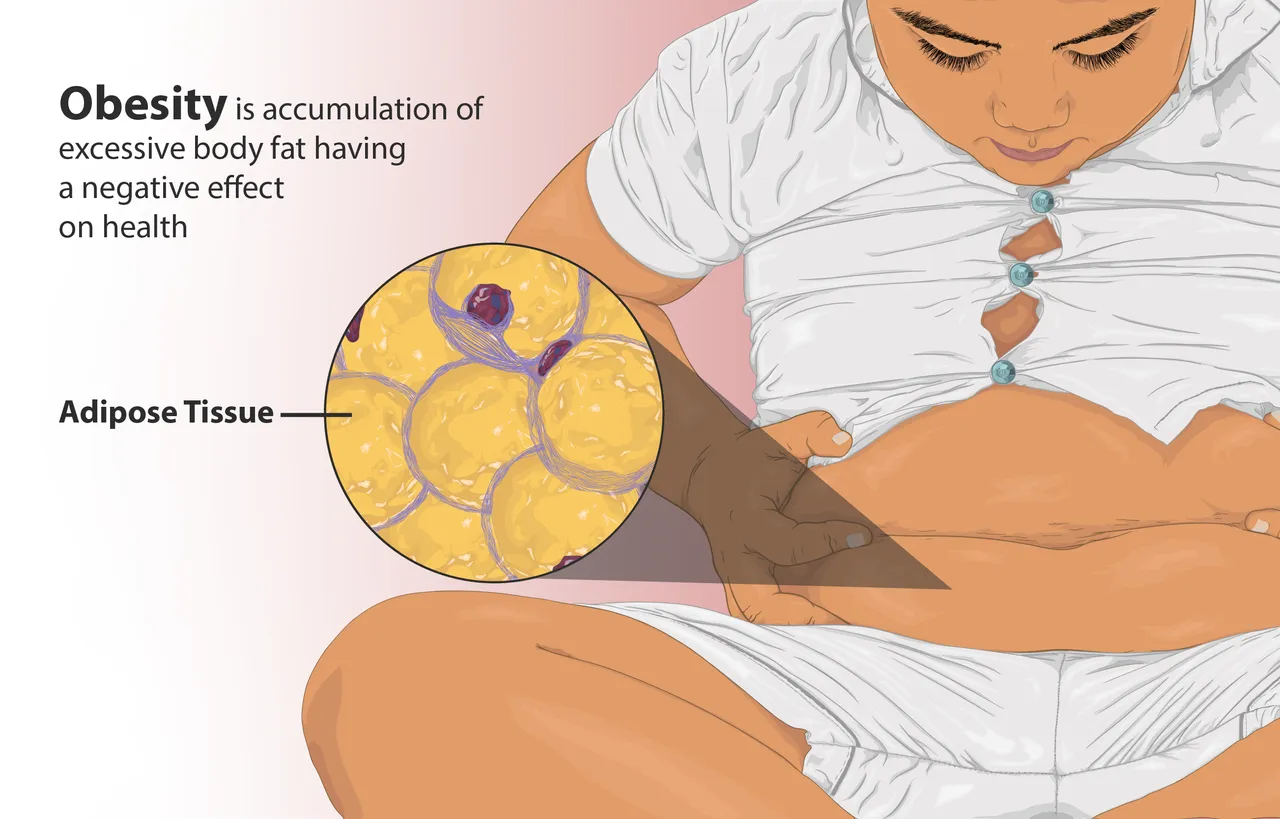For the majority of people, they are either on the mission to lose fat or avoid getting fat but when you ask what type of fat are they trying to avoid or get rid off, you would be so surprise at the answers you will get. It is amazing how we want to lose fat but do not know the first thing about fat.
What most people know about fat is very vague or elementary at most. You eat too much food and you get fat and you do a lot of exercise especially running and you lose fat. You be the judge, ho does that sound? When you meet your gym instructor to explain fat to you, they give you too much complex explanation making the entire fat thing too difficult to comprehend making us not even interested in learning about it.
When you talk about fat, we have two types which are the Visceral and Subcutaneous fat. Let me guess, you haven't heard of that before. It is possible if you didn't participate in a special biology class but then when you hear the word Subcutaneous fat, it is found below our skin. This fat is right above the muscle and it makes up 80% of the total body fat and muscle uses it for energy. On the other hand Visceral fat is located in the abdomen of the body and this is why it is referred to as abdominal fat. Visceral fat forms a tissue in the abdomen known as the greater Omentum which covers the small intestine.
On the topic of visceral fat, you know that uncle of your with a protruded abdomen, or bigger abdominal region? He doesn't have a bigger stomach rather he has more fat in his mesentery which is a membrane fold that is attached to the intestine wall as well as the wall of the stomach, holding them together. The majority of the visceral fat is stored in the mesentary and the more fat that is stored there, the more protruded the stomach would be. You might then wonder why your aunt doesn't have that protruded stomach like your uncle and the answer is because visceral fat makes up 20% of men total fat and 8% of the female's total fat. But while you uncle puts on more visceral fat than your aunt, your aunt puts on more subcutaneous fat than your uncle.

Either visceral or subcutaneous, the reality is that we need fat to function, as it is an active organ (in the case of adipocytes), influencing energy balance, appetite, insulin sensitivity, immunity, blood pressure, lipid metabolism, homeostasis, and angiogenesis. This is why obesity is referred to as low grade inflammation and this is why increased visceral fat has been linked to lots of diseases including increased mortality. Visceral fat has been associated to increased morbidity compared to subcutaneous fat.
While it looks like visceral adipose tissue is the villan here, it is the most sensitive to weight reduction. Some researchers believe this is so because the body's primary way of storing fat is subcutaneous fat so it will be difficult it to be reduced compared to visceral fat.
Reference
https://www.health.harvard.edu/staying-healthy/abdominal-fat-and-what-to-do-about-it
https://www.ncbi.nlm.nih.gov/pmc/articles/PMC3473928/
https://bmjopen.bmj.com/content/11/10/e048221
https://www.ncbi.nlm.nih.gov/pmc/articles/PMC6702693/
https://www.ncbi.nlm.nih.gov/pmc/articles/PMC8967417/
https://www.ncbi.nlm.nih.gov/pmc/articles/PMC9500055/
https://academic.oup.com/edrv/article/21/6/697/2424212
https://www.ncbi.nlm.nih.gov/books/NBK572076/
